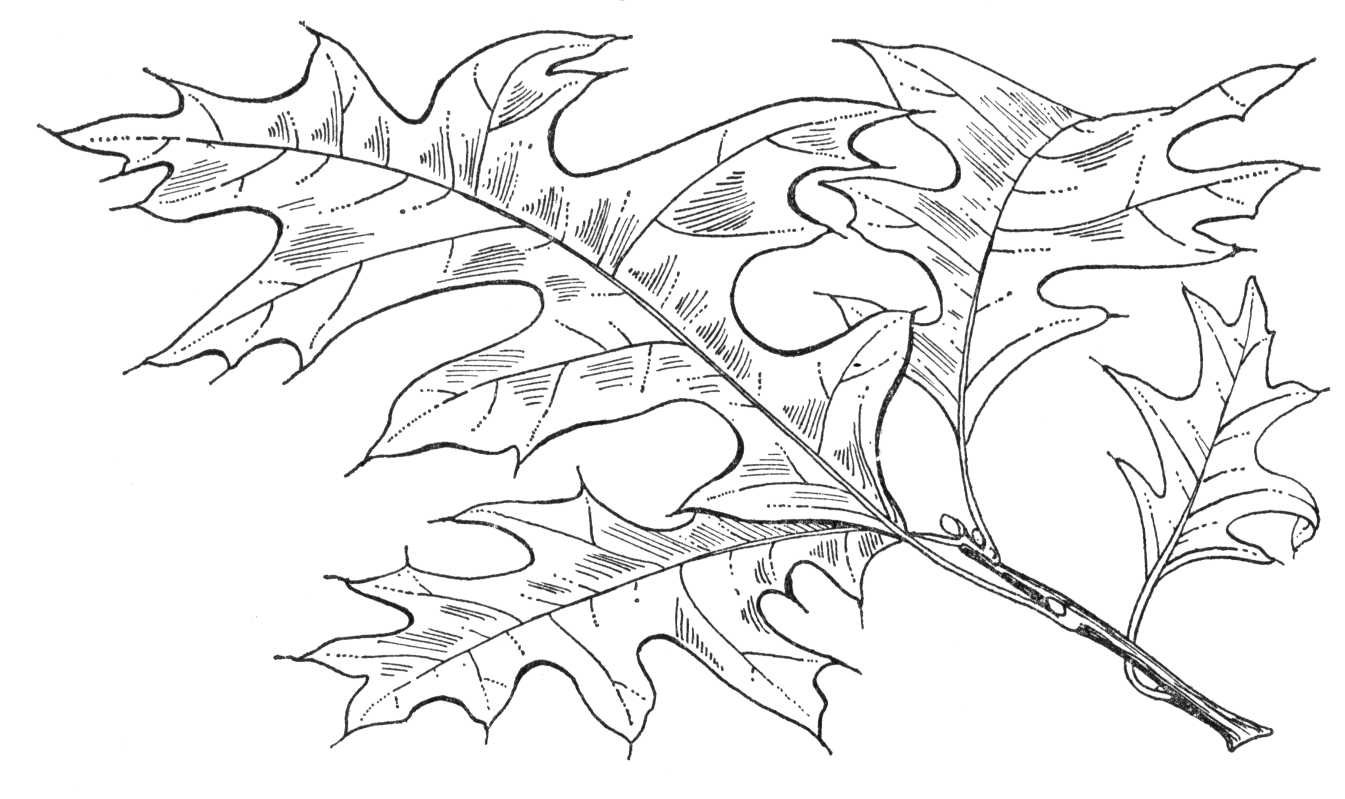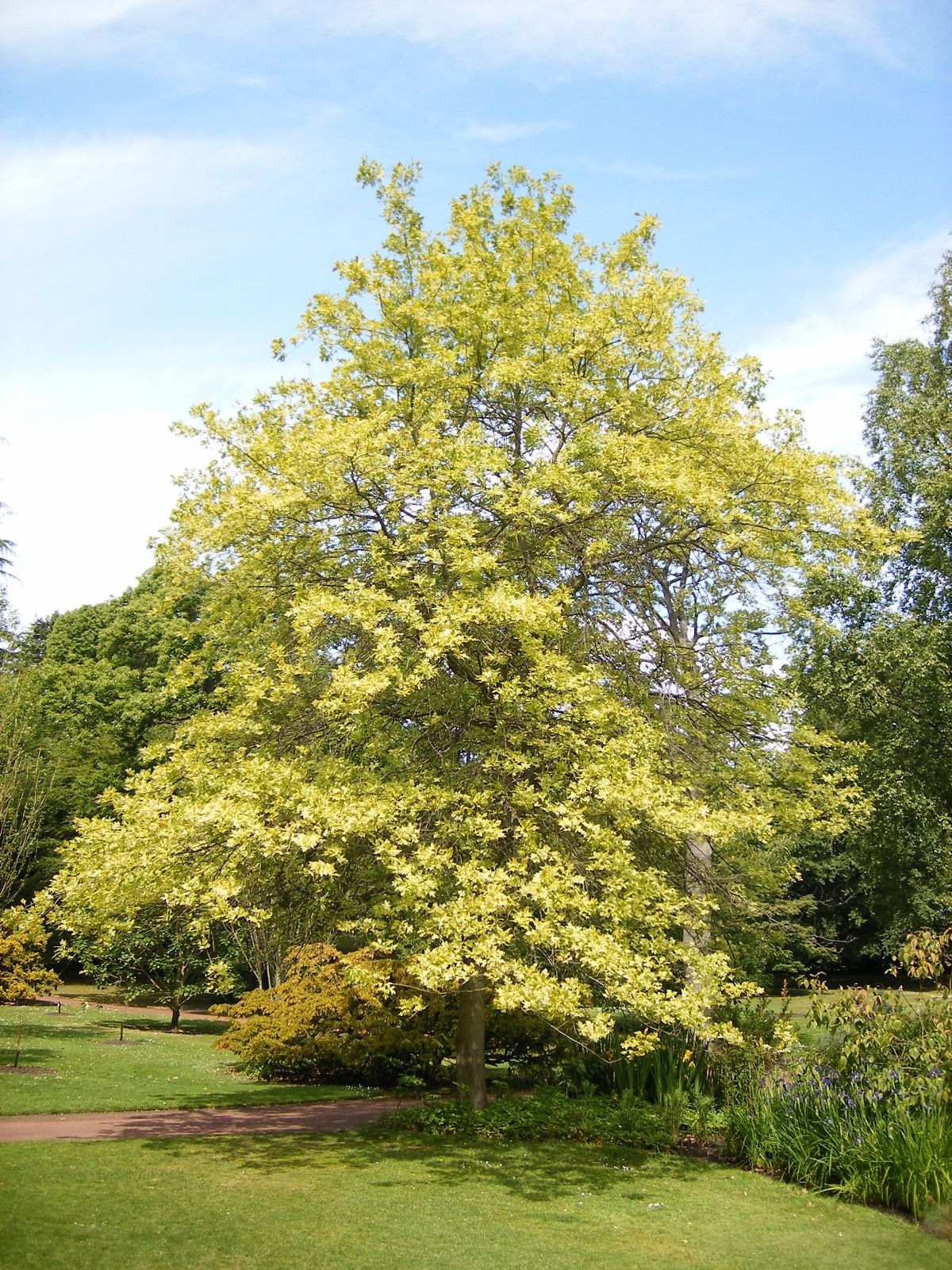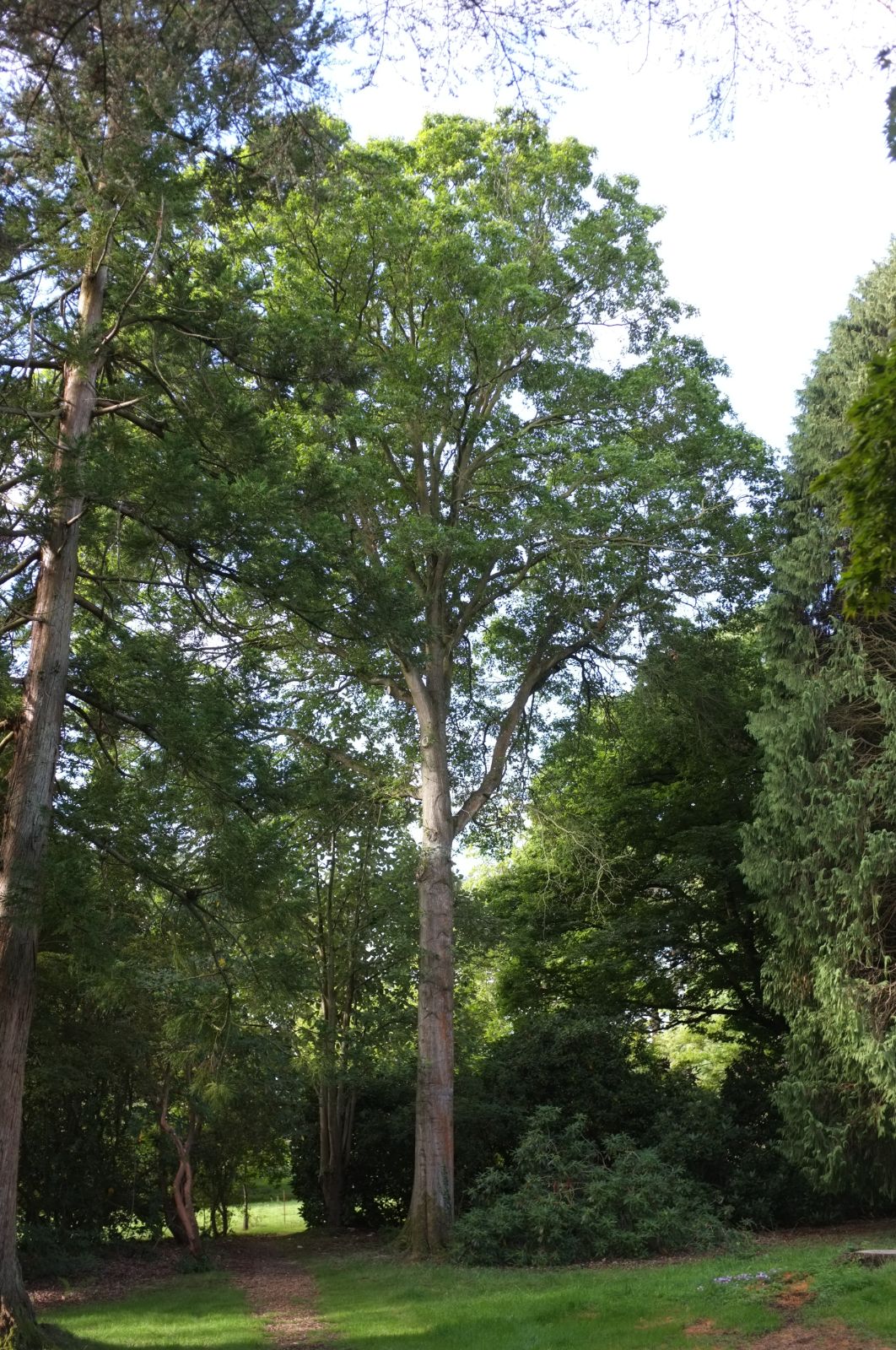Quercus palustris
Sponsor
Kindly sponsored by
The Trees and Shrubs Online Oak Consortium
Credits
Article from Bean's Trees and Shrubs Hardy in the British Isles
Recommended citation
'Quercus palustris' from the website Trees and Shrubs Online (treesandshrubsonline.
Genus
Common Names
- Pin Oak
Infraspecifics
Other taxa in genus
- Quercus acerifolia
- Quercus acherdophylla
- Quercus acrodonta
- Quercus acuta
- Quercus acutifolia
- Quercus acutissima
- Quercus afares
- Quercus affinis
- Quercus agrifolia
- Quercus alba
- Quercus aliena
- Quercus alnifolia
- Quercus aquifolioides
- Quercus arizonica
- Quercus arkansana
- Quercus aucheri
- Quercus augustini
- Quercus austrina
- Quercus × auzendei
- Quercus baloot
- Quercus bambusifolia
- Quercus baronii
- Quercus bicolor
- Quercus brantii
- Quercus buckleyi
- Quercus canariensis
- Quercus canbyi
- Quercus candicans
- Quercus castanea
- Quercus castaneifolia
- Quercus cerris
- Quercus chenii
- Quercus chrysolepis
- Quercus coccifera
- Quercus cocciferoides
- Quercus coccinea
- Quercus conspersa
- Quercus crassifolia
- Quercus crassipes
- Quercus delavayi
- Quercus dentata
- Quercus deserticola
- Quercus dolicholepis
- Quercus douglasii
- Quercus dumosa
- Quercus durifolia
- Quercus eduardii
- Quercus ellipsoidalis
- Quercus emoryi
- Quercus engelmannii
- Quercus engleriana
- Quercus euboica
- Quercus eugeniifolia
- Quercus fabri
- Quercus faginea
- Quercus falcata
- Quercus floribunda
- Quercus frainetto
- Quercus franchetii
- Quercus fruticosa
- Quercus fusiformis
- Quercus gambelii
- Quercus garryana
- Quercus geminata
- Quercus georgiana
- Quercus germana
- Quercus gilliana
- Quercus gilva
- Quercus glabrescens
- Quercus glauca
- Quercus graciliformis
- Quercus gravesii
- Quercus griffithii
- Quercus grisea
- Quercus guyavifolia
- Quercus hartwissiana
- Quercus hemisphaerica
- Quercus × hispanica
- Quercus hondae
- Quercus hypargyrea
- Quercus hypoleucoides
- Quercus ilex
- Quercus ilicifolia
- Quercus imbricaria
- Quercus incana
- Quercus infectoria
- Quercus insignis
- Quercus ithaburensis
- Quercus kelloggii
- Quercus × kewensis
- Quercus kiukiangensis
- Quercus laceyi
- Quercus laevis
- Quercus lamellosa
- Quercus lanata
- Quercus lancifolia
- Quercus laurifolia
- Quercus laurina
- Quercus × leana
- Quercus leucotrichophora
- Quercus × libanerris
- Quercus libani
- Quercus lobata
- Quercus lobbii
- Quercus lodicosa
- Quercus longinux
- Quercus longispica
- Quercus look
- Quercus × ludoviciana
- Quercus macranthera
- Quercus macrocalyx
- Quercus macrocarpa
- Quercus macrolepis
- Quercus marilandica
- Quercus mexicana
- Quercus michauxii
- Quercus mongolica
- Quercus monimotricha
- Quercus montana
- Quercus morii
- Quercus muehlenbergii
- Quercus myrsinifolia
- Quercus myrtifolia
- Quercus nigra
- Quercus × numidica
- Quercus oblongifolia
- Quercus obtusata
- Quercus oglethorpensis
- Quercus oxyodon
- Quercus pagoda
- Quercus palmeri
- Quercus pannosa
- Quercus parvula
- Quercus petraea
- Quercus phellos
- Quercus phillyreoides
- Quercus planipocula
- Quercus poilanei
- Quercus polymorpha
- Quercus pontica
- Quercus prinoides
- Quercus pubescens
- Quercus pyrenaica
- Quercus rehderiana
- Quercus reticulata
- Quercus robur
- Quercus rotundifolia
- Quercus rubra
- Quercus rugosa
- Quercus rysophylla
- Quercus sadleriana
- Quercus salicina
- Quercus sartorii
- Quercus × schneideri
- Quercus schottkyana
- Quercus semecarpifolia
- Quercus senescens
- Quercus serrata
- Quercus sessilifolia
- Quercus setulosa
- Quercus shumardii
- Quercus sinuata
- Quercus spinosa
- Quercus stellata
- Quercus stenophylloides
- Quercus suber
- Quercus subspathulata
- Quercus tarokoensis
- Quercus tatakaensis
- Quercus texana
- Quercus tomentella
- Quercus trojana
- Quercus tungmaiensis
- Quercus turbinella
- Quercus × turneri
- Quercus undulata
- Quercus utahensis
- Quercus utilis
- Quercus uxoris
- Quercus variabilis
- Quercus velutina
- Quercus virginiana
- Quercus vulcanica
- Quercus warburgii
- Quercus wislizenii
- Quercus xalapensis
A deciduous tree 70 to 100 ft high, forming a dense head of slender branches pendulous at the ends; bark broken into flat, scaly ridges; young shoots not downy, warted; winter-buds about 1⁄8 in. long. Leaves 3 to 6 in. long, nearly as wide, obovate, tapered or cut nearly straight across at the base, five- or seven-lobed, the lobes reaching three-quarters of the way to the midrib, oblong or triangular, unequally toothed near the apex, both surfaces are glossy green and glabrous, except that, in the vein-axils beneath, there are large conspicuous tufts of greyish down; stalk very slender, up to 2 in. long. Acorn about 1⁄2 in. long and broad, flattish at the base, where it is enclosed by a shallow saucer-shaped cup.
Native of the eastern United States from New England to northern N. Carolina, westward to western Kansas and Oklahoma; introduced to England in 1800. It occasionally bears crops of acorns, which require two seasons to mature. It is one of the very best growers among American oaks cultivated in this country, and is very elegant in its slender branches, especially whilst young or of the middle size. The leaves often turn deep scarlet in autumn, but I do not think it is so effective and reliable in this respect as Q. coccinea; on the dry soil at Kew it is, at any rate, much inferior. It is frequently confused with Q. coccinea, but Q. palustris is distinguished by its more densely branched graceful head, by the invariable and conspicuous tufts of down beneath the leaf, by the shallower acorn-cup, and by the glabrous winter-buds. From Q. rubra it differs in the more deeply divided leaves, polished green on both sides.
The largest of the following specimens are well up to the average size of mature wild trees: Kew, near the Victoria Gate, 84 × 81⁄2 ft (1963), Oak collection, 72 × 73⁄4 ft (1972); Syon Park, London, 78 × 8 ft (1967); Marble Hill, Twickenham, London, 80 × 81⁄2 ft (1968); Mill Hill School, London, 75 × 91⁄2 ft (1964); Godinton Park, Kent, two very fine trees measuring 62 × 73⁄4 ft and 64 × 9 ft (1965); Canford, Dorset, a tree dead at the top, 80 × 8 ft in 1906, now 68 × 121⁄2 ft (1965).
Q. palustris is a quick-growing tree in a deep, moist, light soil, but not long-lived.
From the Supplement (Vol. V)
specimens: Kew, by Victoria Gate, 88 × 10 ft (1984) and, in Oak Collection, 72 × 73⁄4 ft (1972); Hyde Park, London, in Dell near Offices, 82 × 91⁄2 ft, a fine tree (1981); Syon House, London, 88 × 9 ft and 68 × 81⁄4 ft (1982); Godinton Park, Kent, 68 × 101⁄2 ft (1983); Rough Row, Dorking, Surrey, 100 × 53⁄4 ft (1984); Saltram, Devon, 88 × 8 ft (1984).
Q. ellipsoidalis – The specimen in the Edinburgh Botanic Garden measures 66 × 41⁄4 ft (1985).
Q ellipsoidalis E. J. Hill
Common Names
Northern Pin Oak
Synonyms
Q. coccinea var. microcarpa Vasey
Although classified by botanists with Q. coccinea this species resembles Q. palustris in habit and, as in both these species, the leaves are glabrous beneath except for axillary tufts. From Q. coccinea it differs in the smaller buds (only {1/8} in. long) and in having almost sessile fruits with the cups gradually tapered at the base. From Q. palustris it differs in the deeper cup of the fruit, which encloses one-third to one-half of the acorn. It occurs west and south of the Great Lakes, in dry soil. There is a specimen in the Edinburgh Botanic Garden, measuring 40 × 2{3/4} ft (1967).



